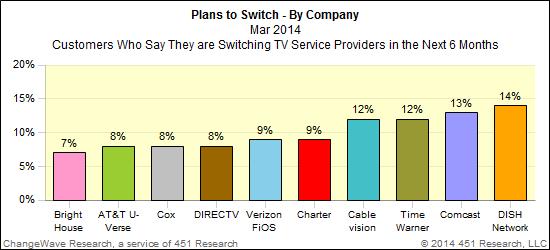Contact: Brenon Daly
As part of an effort to provide more strategic focus as well as financial transparency, Google reorganized and renamed itself Alphabet last October. In the half-year since that change, the company has lived up to the ‘alpha’ part of its new moniker, handily outperforming the Nasdaq, which is flat for the period. But when it comes to ‘bet,’ it hasn’t been placing nearly as many M&A wagers as it used to.
So far in 2016, the once-prolific buyer has announced just two acquisitions, according to 451 Research’s M&A KnowledgeBase. That’s down substantially from the average of six purchases that Google/Alphabet has announced during the same period in each of the years over the past half-decade. (Nor do we expect this year’s totals to be bumped up by Google buying Yahoo, as has been rumored. That pairing would roughly be the sporting world’s equivalent of the Golden State Warriors nabbing the Los Angeles Lakers.)
The ‘alpha’ part of Alphabet is, of course, the Google Internet business, which includes the money-minting search engine, YouTube, Android and other digital units. This division generates virtually all of the overall company’s revenue and is the primary reason why Alphabet is the second-most-valuable tech vendor in the world, with a market cap of over a half-trillion dollars. For more on the company’s progress in dominating the digital world, tune in on Thursday for its Q1 financial report and forecast.
Google/Alphabet M&A
|
Source: 451 Research’s M&A KnowledgeBase

